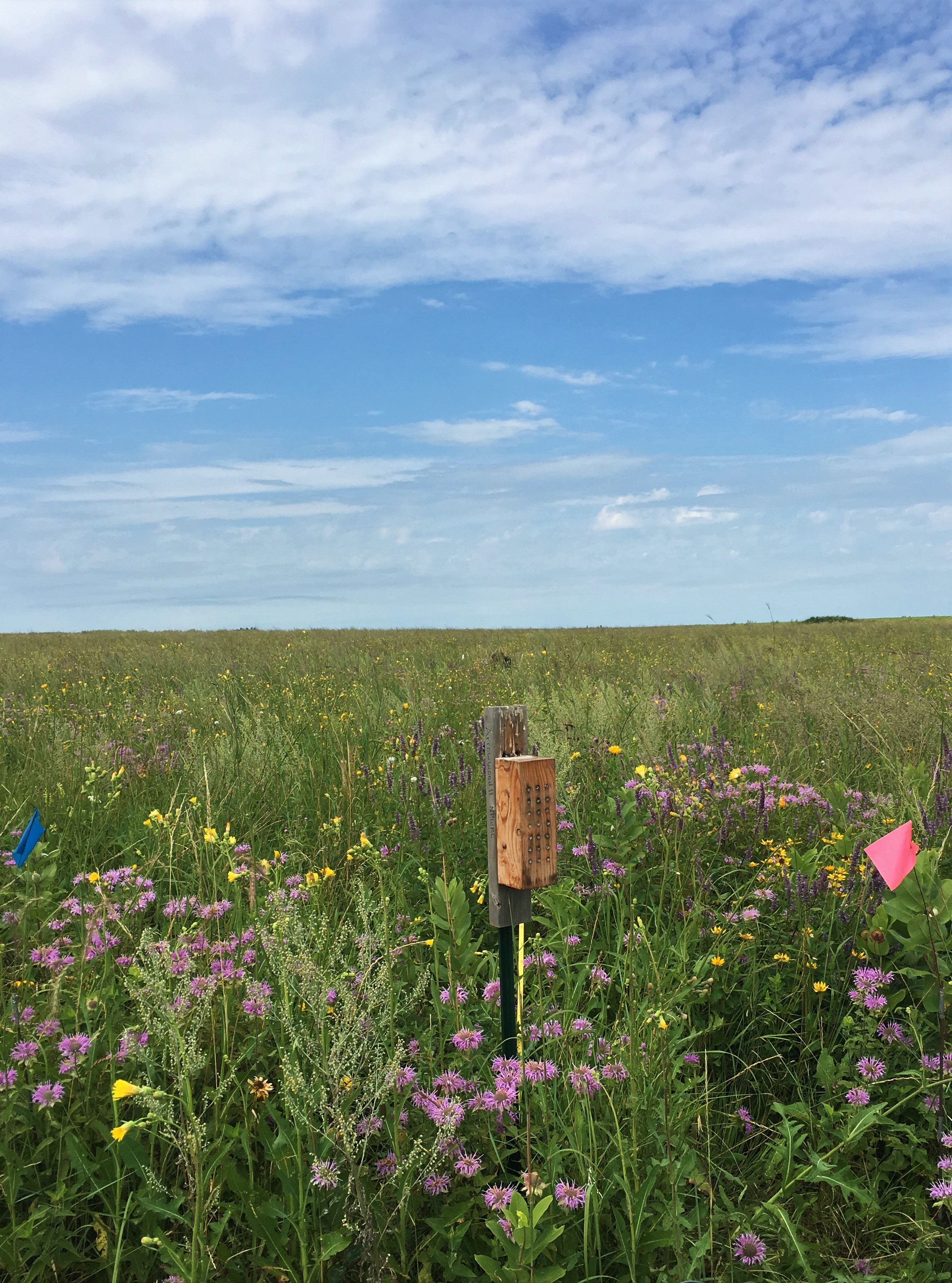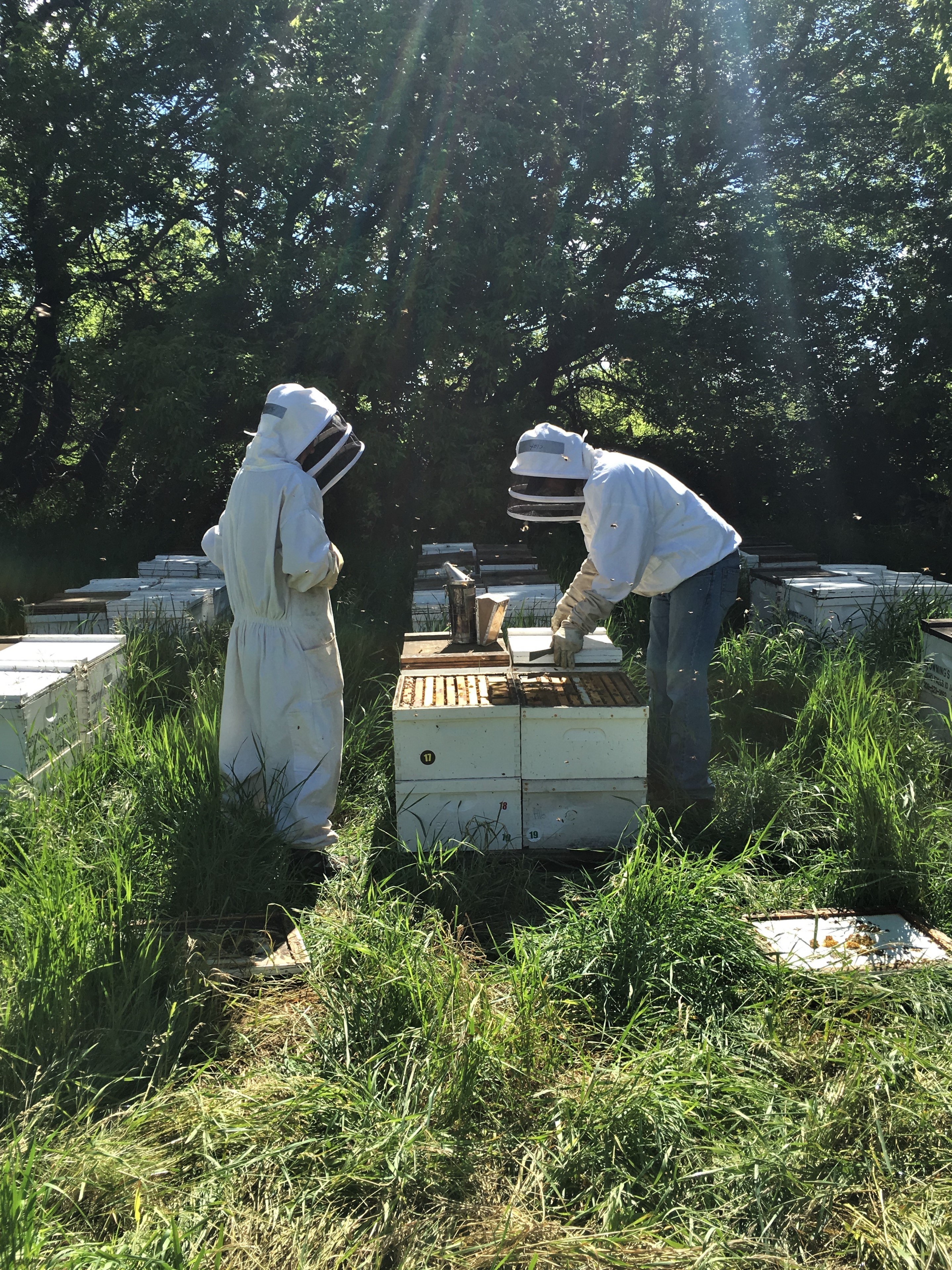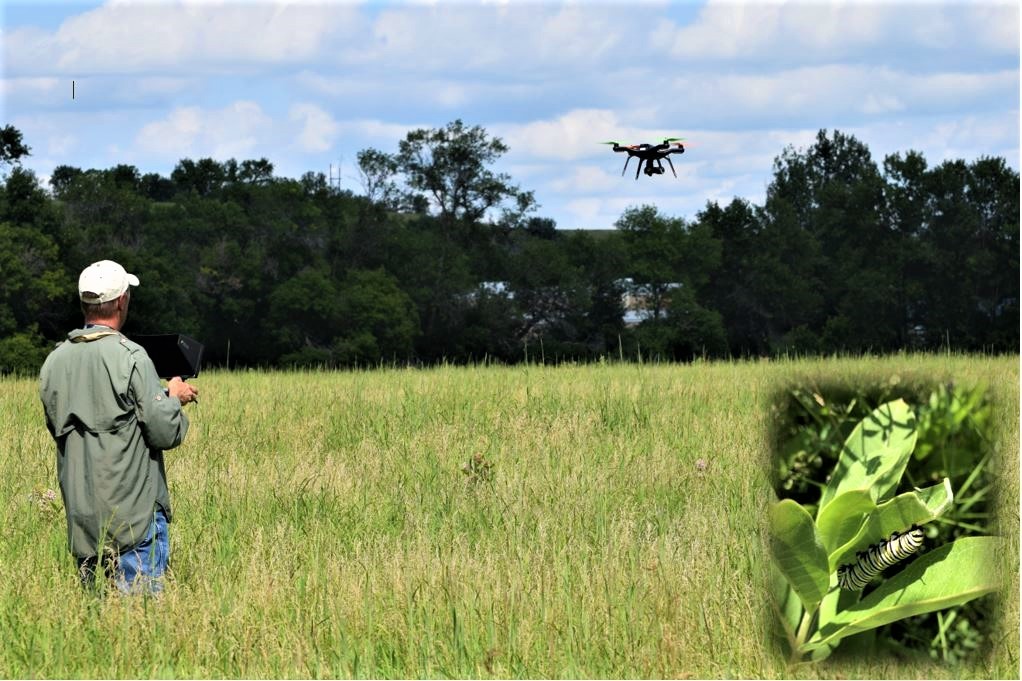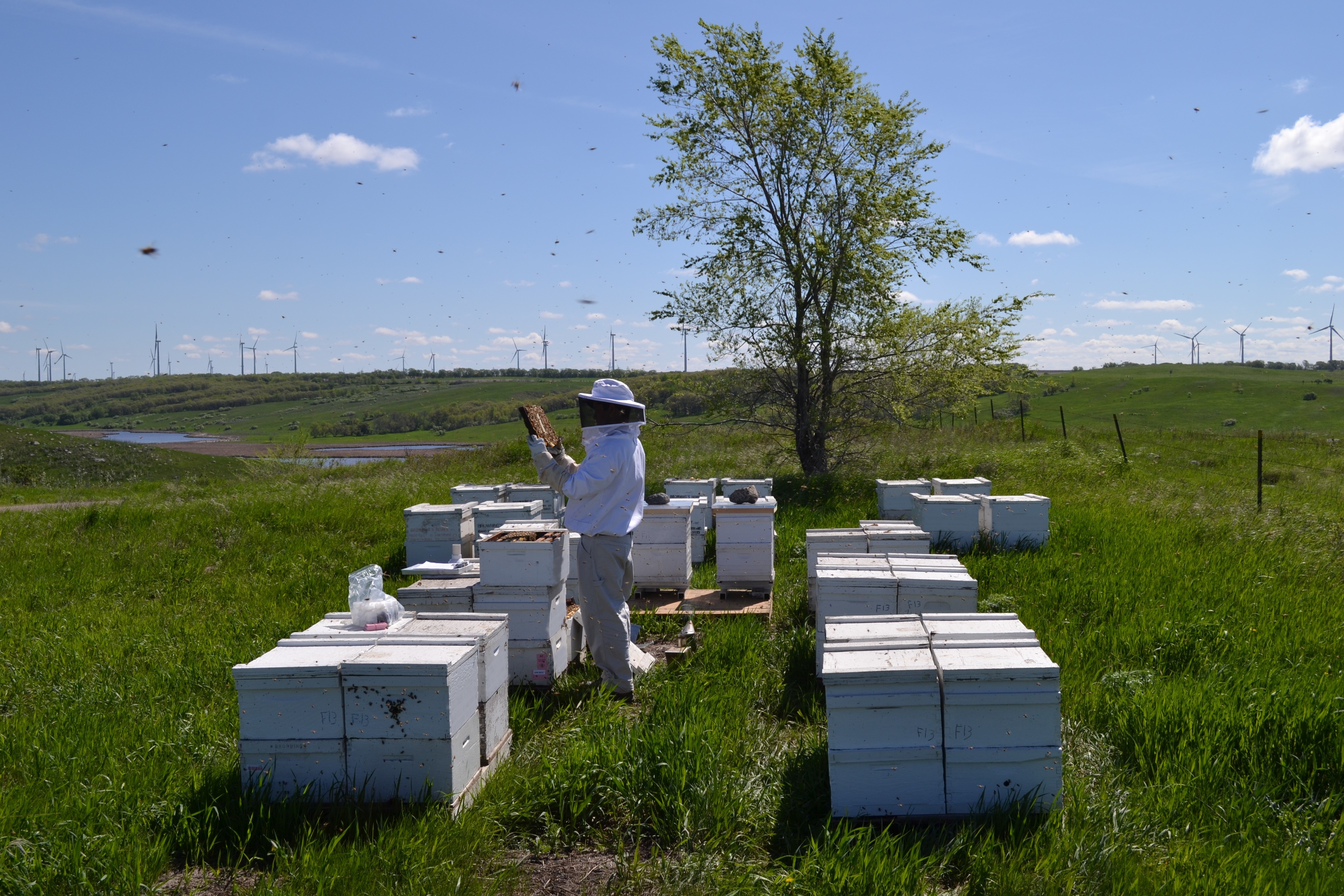Pollinator Story: U.S. Geological Survey, Northern Prairie Wildlife Research Center
We are investigating how pollinator health is affected by land-use change in the Northern Great Plains of Minnesota, North Dakota and South Dakota. Much of our past work focused on quantifying the role of the U.S. Department of Agriculture’s Conservation Reserve Program (CRP) in supporting bee health, as well as identifying which floral species are preferred by bees on CRP lands. To support conservation delivery, we developed the USGS Pollinator Library, a decision support tool that land managers can use to design cost-effective seed mixes. In partnership with the US Fish and Wildlife Service, we are sequencing DNA of pollen from museum specimens of the endangered rusty-patch bumble bee. Our goal is to discover historic foraging patterns and identify floral species to use for conservation and restoration efforts. In addition, we are working with the Monarch Joint Venture and private industry to test the effectiveness of unmanned aerial vehicles and machine learning to rapidly identify habitat resources for monarch butterflies. In 2020, we will begin two research projects investigating solitary bee nesting demography across a habitat gradient and quantify the contribution of early season woody flowers to honey bee health in North Dakota.
https://www.usgs.gov/news/honey-bee-helpers-it-takes-village-conserve-colony
https://www.npwrc.usgs.gov/pollinator/home




